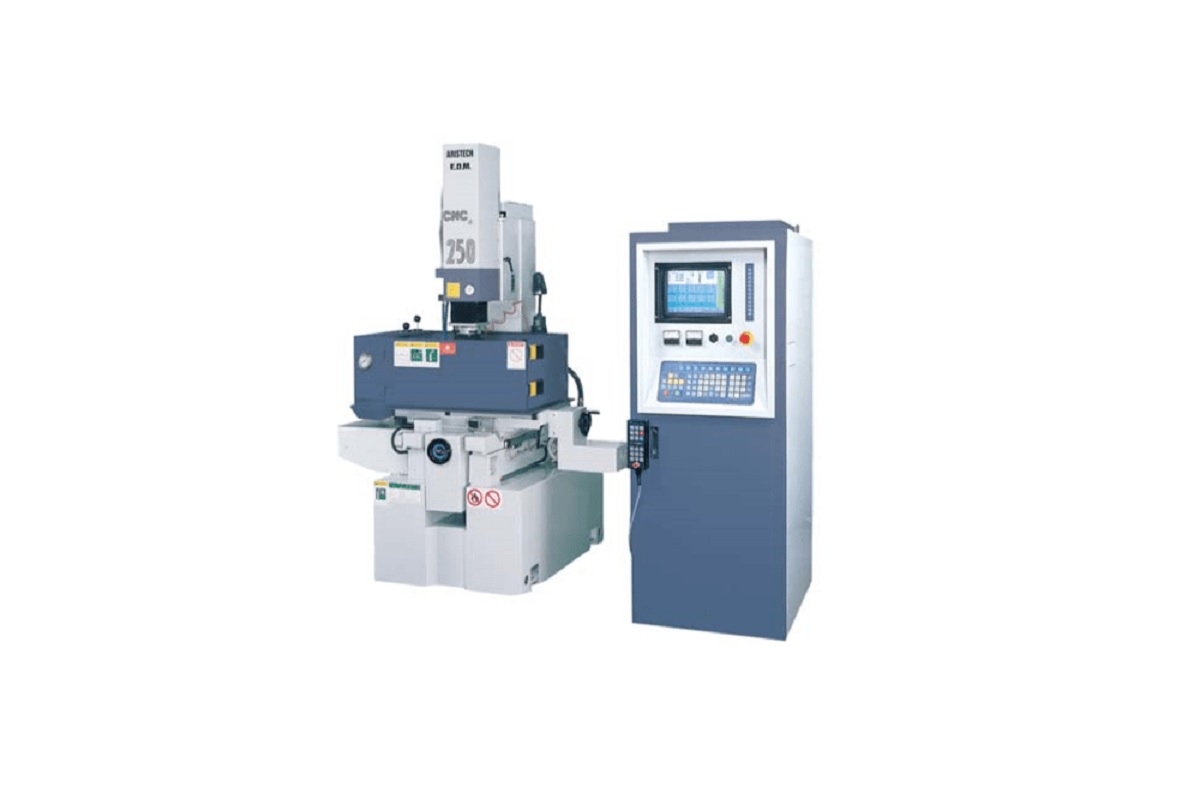

wire cutting is also known as electroerosion and it is a technique that uses the EDM or Electrical Discharge Machining methodology. Wire cutting allows workingpieces with great precision and in a mechanized manner. What other advantages does it have? What is it used for?
What is threading?
The machine tools that use the wire cutting or electroerosion technique are devices that allow the cutting of profiles of a part through electric discharges< /strong>. The pieces that are worked under EDM technology can be metals, conductors, concrete and stone structures, and even needles used in the field of medicine. Parts can have very complex geometries and, therefore, require specialized machines capable of machining this complexity.
The EDM works through electrical discharges. The piece is placed fixed on the machine table and these discharges jump between the piece and the wire. The thread is what makes a continuous displacement as the central axis of the machine. The wire is usually copper or brass and has the peculiarity of not exerting real physical pressure on the piece; This quality allows very thin and fragile parts to be machined.
The wire cutting process is a thermodynamic and electrical process and nothing new. Actually, EDM technology came into use during World War II. The Russians were the first to develop a technique that used manual electrodes and electrical discharges to wear parts. This rudimentary technique would later lead to modern EDM.
Benefits of EDM
Why is it a good idea to include wire cutting or EDM in a machining shop? What are the advantages of this technique? We start by telling you that it is highly efficient and allows the machining of any depth of cut. The best thing about this method is that it doesn’t require a lot of effort and, depending on the type of machine, it may not even require an operator.
On the other hand, EDM tools facilitate the machining of very complex and precise parts that require specific geometriesand delicate cuts. The cutting speed of EDM machines is very high.
EDM or wire cutting can be applied to a wide variety of machining processes on all types of parts. It is possible to work narrow and tight surfaces, since the thread allows to reach difficult areas. Because EDM is a one-step process, it is an economical alternative in the long term and does not require the treatment of parts in conventional tools such as the lathe or the milling machine.
The wire cutting machines are easy to use and, depending on the model of the machine, it is possible to program them to work with the minimum intervention of an operator. This reduces production costs, since not only is labor reduced, but also manufacturing times and, consequently, delivery times. delivery.
As far as the thread is concerned, it is universal and allows any configuration of the piece to be made. It is important that before making the cut, thermal treatments are carried out to avoid deformation of the piece.
Working-principle of wirecutting
Wire cutting has a physical basisthat consists of creating an electric arcbetween the part to be machined and an electrode. In order for the arc to be generated, it is necessary that the part and the electrode are in an optimal environment; this environment is a dielectric medium. The goal is to be able to remove particles from the surface of the part until it reproduces the same shapes as the electrode.
What is the role of the thread in this process? The EDM, which allows the complete machining of parts in a single process, is equipped with a metal wire, which is responsible for cutting the parts according to the previously indicated design. The thread works together with electric shocks. These discharges produce sparks between the piece and the wire, which causes the excess material to be removed. The material, at the same time, must be completely removed from the surface of the piece through the constant dripping of a dielectric fluid.
What is threading-used-for?
Electro-erosion is a widely used technique for the manufacturing of tools and molds due to the precision of the technique and because very fine materials can be machined. hard. The flexibility of this process makes it possible to machine the most complex and difficult shapes that could not be machined using any other technique or would otherwise be time-consuming and therefore expensive to strong>machined.
In addition to machining tools and moulds, it is possible to manufacture calipers, tools for punching, cams disc, punches, matrices and dies, as well as electrodes.


